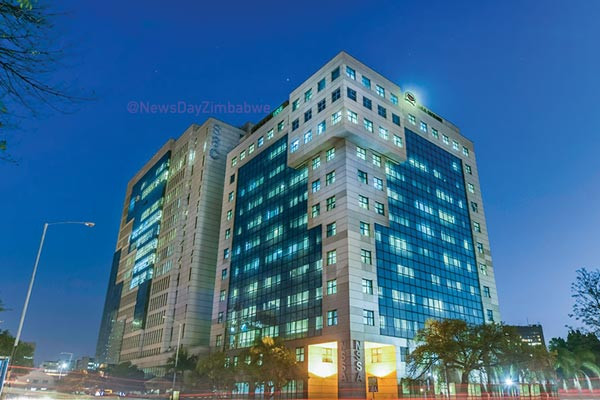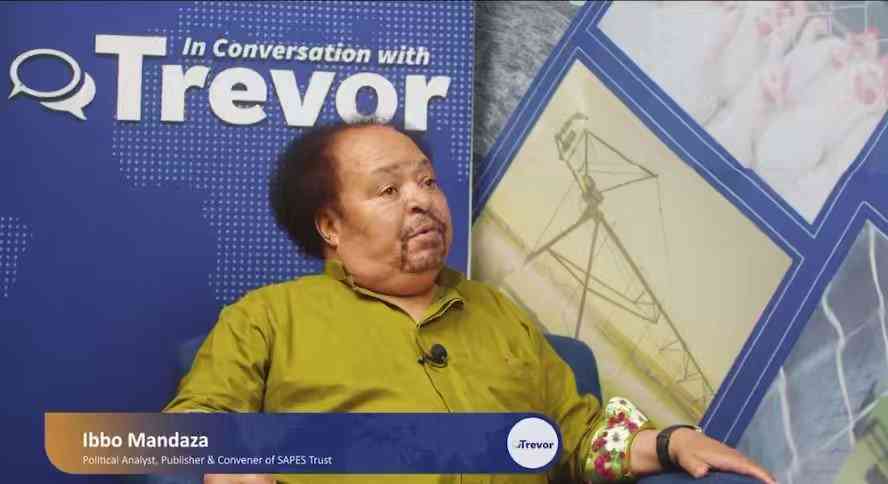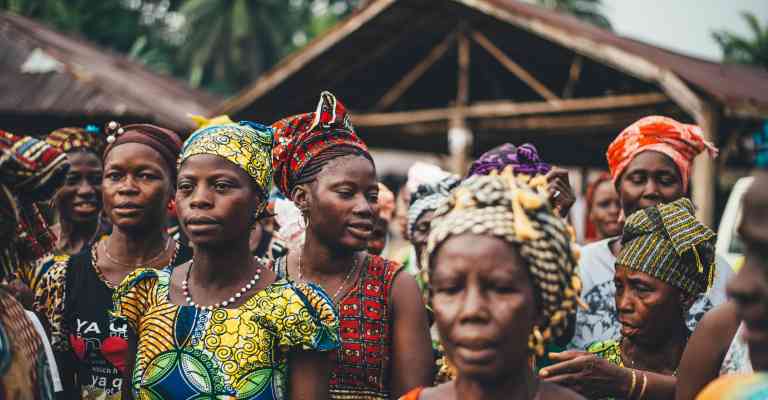
ZIMBABWE is a hell and nightmare for the majority of ordinary citizenry.
This is a country where the powerful get richer and richer, while millions of Zimbabweans sink deeper and deeper into poverty. It has all been about the exploitation of the many by the few.
While growing up, I have encountered my fair share of those who possessed no political and economic muscle being abused, mauled and savaged by the powerful. In fact, that is what inspired and motivated me to start writing social justice articles — which were published in local Kwekwe newspapers — way back in 1989, while I was still a 16-year-old form three pupil.
By the time I reached lower sixth form in 1991, I had my own regular column called The Un-Oppressed Mind. I remember frequently speaking out against the infamous Economic Structural Adjustment Programme (Esap) introduced by the Zimbabwe government in 1990.There was nothing more heart-rending, even to a mere teenager, than to see hundreds of workers — particularly those who had been retrenched from the State-owned iron and steel-making giant ZiscoSteel — literally being thrown onto the streets.
The suffering of those hardworking men and women — who had been made redundant overnight due to the company’s restructuring exercise — was unbearable and unfathomable. As much as they were awarded their retrenchment packages and other terminal benefits, most still found it extremely difficult, if not near impossible, to get back on their feet again. Some decided to return to their rural homes, where they had to begin from scratch, eking out a living as subsistence communal farmers. It was even worse for those whose roots were outside the country, as ZiscoSteel boasted of a sizeable immigrant workforce, primarily from Malawi and Zambia — who had nowhere else to go.
Regardless of my young age, I decided to speak out and stand up for these people, even if that meant stepping on the toes of those in power, who had seen it fit to introduce such a cold-hearted and callous economic programme. There was absolutely nothing political about my stance as is still the case today — but I was moved purely by a wish to see justice for all Zimbabweans.Fast forward to 2023, same groaning and anguish which afflicted me during the Esap era revisited when I accompanied my dear mother to get her National Social Security Authority (NSSA) monthly payout — which she and millions other aged workers contributed towards during their employment years. For years now, the amounts beneficiaries have been receiving from NSSA have been inadequate to sustain any semblance of a decent livelihood.
This is despite government’s repeated claims that the fund would ensure our grandparents enjoyed a relatively comfortable and secure retirement. Nonetheless, throughout the existence of this fund, beneficiaries have never been able to make ends meet with the paltry amounts they are given each month. If converted into US dollar terms, the average payout has previously been in the range of US$60, only enough for two months’ daily supply of bread and nothing else.
When I went to one of the major supermarkets with my mother, she picked a few groceries, which did not even fill up half a handheld shopping basket. When we arrived at the tills, we were met with the shock of our lives!
- Zimbabwe’ banks are bleeding
- In Conversation with Trevor: Livingstone Gwata: Why I retired early
- Inside listed companies: Listed companies stand their ground in difficult year
- Zimbabwe’ banks are bleeding
Keep Reading
After only three items, a two litre bottle of cooking oil, a loaf of bread and one kilogramme of brown sugar — her entire monthly NSSA payout was finished! She, as many other beneficiaries, had received a pitiful ZWL$48 000, which is around US$7 at both the official and black market exchange rate. Surely, when NSSA was depositing these pathetic amounts into our grandparents’ bank accounts, what were they thinking? Did they actually feel good about themselves — believing that they had done well in serving these elderly men and women who had spent decades contributing their hard-earned money to this scheme?
NSSA cannot hide behind the excuse of a bleeding Zimbabwe economy, which has been facing endless crises over the past two decades, including recurring bouts of hyperinflation.
In fact, NSSA is never very far from making news headlines for all the wrong reasons. This is the same State institution, from which then Social Welfare minister Prisca Mupfumira allegedly siphoned US$95 million.
In 2022, the NSSA executive board was accused of looting millions of dollars in hefty allowances and benefits. The allegation entangled its then general manager Arthur Manase, who is said to have received a US$750 000 housing loan and a monthly US$2 500 housing allowance to service the loan, despite the fact that he already owned a home. Five luxury vehicles were also allocated to him.
Top executives also reportedly received loans ranging from US$60 000 to US$100 000 in addition to top of the range latest Land Rover Discovery vehicles.
As if this was not enough, the entire NSSA board took a luxurious vacation in Kenya, Mombasa, branded as strategic training to improve services for pensioners. Nonetheless, the State-run institution possesses massive offshore investments, which include in African Export-Import Bank that yielded US$3,18 million in dividend payments between 2017 and 2019. NSSA invested US$20 million in the Pan-African financial institution at the end of 2017 as a strategy to preserve the balance sheet value. NSSA owns 111 properties spread across the country — in shopping malls, land banks, hospitals, hotels, industrial space and others. NSSA’s key investments include 91,6% stake in Rainbow Tourism Group, 66,22% shareholding in First Mutual Holdings, 35,15% stake in FBC Holdings and 100% shareholding in National Building Society. The pension fund also has a 20,64% stake in OK Zimbabwe, 18,17% in CBZ, 11,17% stake in Seed Co Limited and 21,16% in ZimRe Holdings. Other investments include a 6,56% stake in Seed Co International, 31,63% stake in starafricacorporation, 19,99% in Chengetedzai Depository, 31,43% in Stalap and 8,76% in Ariston.
In all this, can anyone surely claim that NSSA has no financial capacity to provide decent payouts to its legally-entitled beneficiaries? I would have asked where the money from all these investments was going – but then, we all know the answer to that, don’t we? Yet, our elderly who told for the institution’s very existence are receiving US$7 a month.
All I can say is: If people at NSSA are sleeping at night, then God be with them. Otherwise, they are committing some of the most egregious, heinous and cruel acts on humanity.











